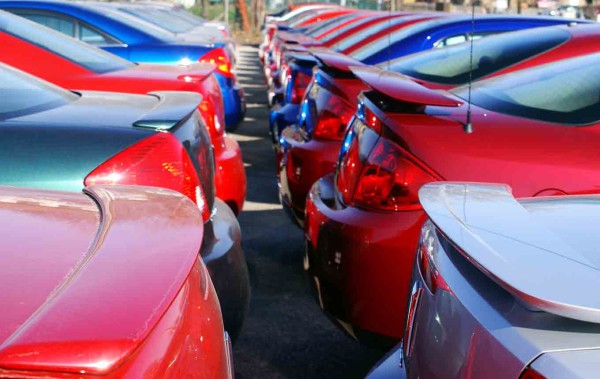Auto Advances In America

WHAT would you rather lose: your home or your auto? In America, where an auto is typically key to get to work, numerous borrowers would sooner lose their home, which clarifies why in the years after the emergency, home loans were more prone to go awful than auto credits. It likewise clarifies why automobile advances, dissimilar to home loans, are blasting.
New credits arrived at $371 billion in the year to June, up 7.4% from the earlier year and 64% since 2009. Subprime automobile credits, made to the least secure borrowers, have become considerably speedier, by 93% since 2009.
This development is because of climbing auto deals and plentiful credit as banks, account organizations and carmakers’ financing arms contend to loan to customers, either straightforwardly or by means of auto merchants. Those credits are then bundled into securities for eager for yield financial specialists. Experian, a credit-scoring organization, figures 85% of new and 54% of utilized autos are currently purchased with advances, contrasted with 79% and 52% in 2007
As volumes have taken off, endorsing guidelines have slipped, with the normal subprime advance climbing to 115% of the auto’s esteem not long from now from 112% in 2011, as per Standard & Poor’s, an appraisals organization. The normal life of an advance has become as well, to more than five years. Wrongdoings, regularly, are climbing: more than 3% of credits are no less than 60 days needing to take care of overdue business, up from 2% in 2011.

There is much talk of another subprime bubble, likened to the supercilious home loan giving that helped flash the money related emergency. The Department of Justice has asked two major auto credit organizations, GM Financial, an unit of General Motors, and Santander Consumer, controlled by Spain’s Santander Group, for insights about their subprime endorsing and securitisation.
Yet the two businesses are on a very basic level diverse. Begin with size. At $905 billion, aggregate automobile advances are scarcely a tenth of aggregate home loan obligation. Subprime is likewise more settled in auto giving, representing 20% to 30% of aggregate advances since 2000.
The home loan air pocket bolstered on the daydream of both borrowers and moneylenders that house costs could just climb and accordingly an advance could simply be reimbursed. Interestingly, banks expect autos just devalue, and charge appropriately: yearly subprime premium rates normal 14%, and 25% is not remarkable. Autos are additionally simpler to repossess and exchange.
So while misfortunes are prone to mount, banks don’t confront a mortal danger. It is borrowers who have more motivation to stress. An auto credit is a complex transaction that pivots on the cost of an auto, as well as on its exchange esteem, additional items such a developed ensure or rust sealing, and most paramount, the investment rate. A merchant commonly chooses a quote from a bank or money organization through his machine and imprints it up. The higher the markup, the more noteworthy the installment he gets from the moneylender.
Buyer supporters fuss that this procedure leaves the unsophisticated—as subprime clients have a tendency to be helpless before corrupt merchants. They may be charged a higher rate in spite of fitting the bill for a bring down one, sold unneeded or overpriced additional items, or even told, a couple of days after they drive off with the auto, that their credit was turned down and they must pay a higher rate.
“None of the costs are settled, and each one unfixed cost is a possibly damaging arranging point,” says Tom Domonoske, an attorney who speaks to bothered purchasers. Purchaser backers would like markups supplanted with a level expense.
The Consumer Financial Protection Bureau (CFPB), another guard dog organization set up after the budgetary emergency, is additionally stressed that loads of borrowers get a crude arrangement. It has told banks and fund organizations that it considers them in charge of the conduct of the merchants they work with (over which it has no immediate power), and that it considers merchants’ circumspection over markups a welcome to separation.
It has as of now got one major back firm to pay $98m to settle a claim that it was charging minority borrowers higher premium rates and is exploring others.
Merchants are raging at the CFPB’s muscle-flexing. Rivalry, they say, guarantees that clients get the best rate; merchants need circumspection to contend. By raising expenses, stricter regulation may really decrease the measure of credit accessible.
